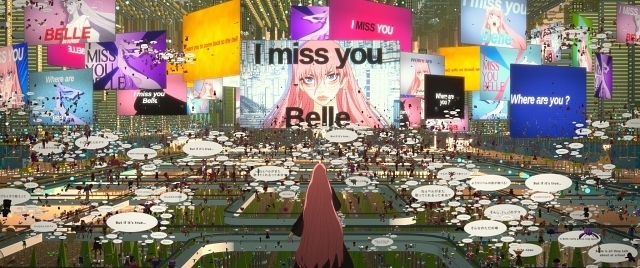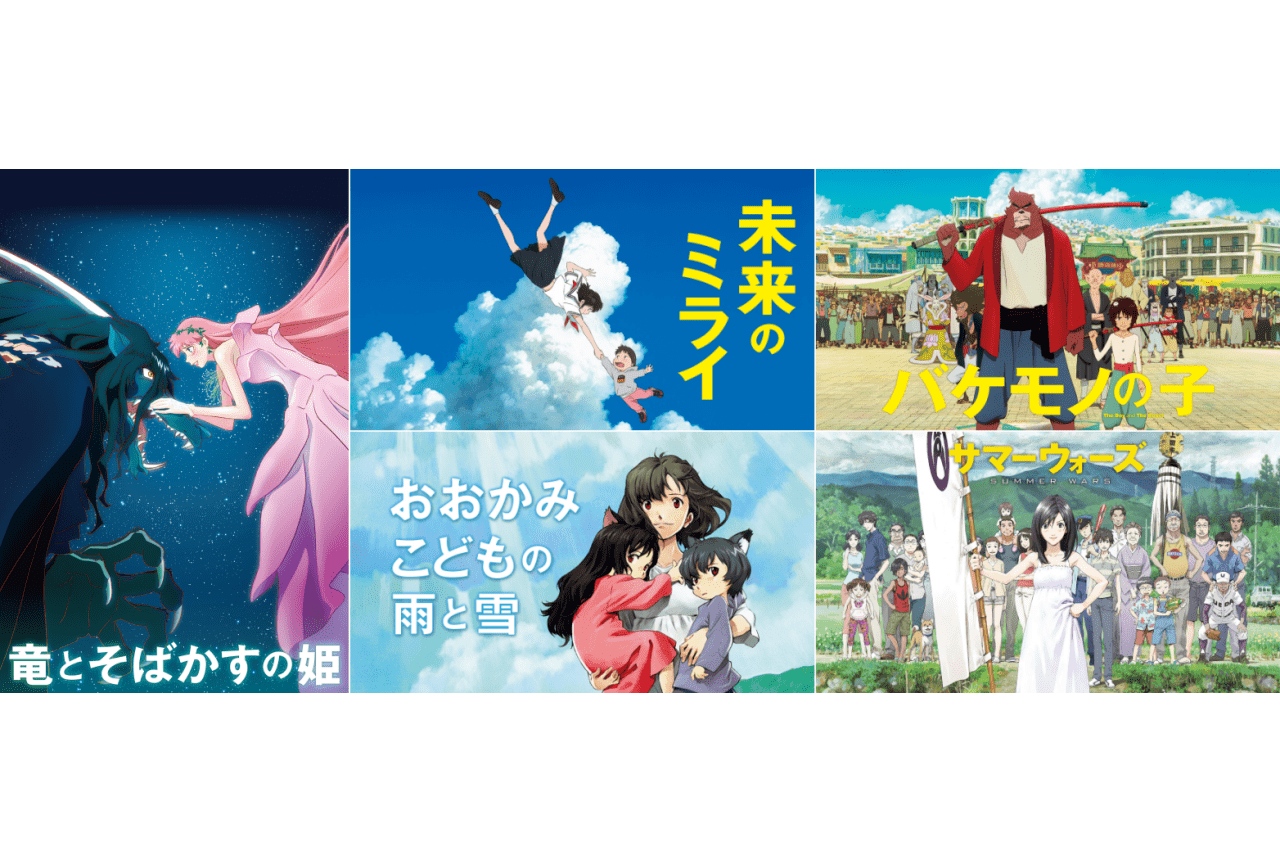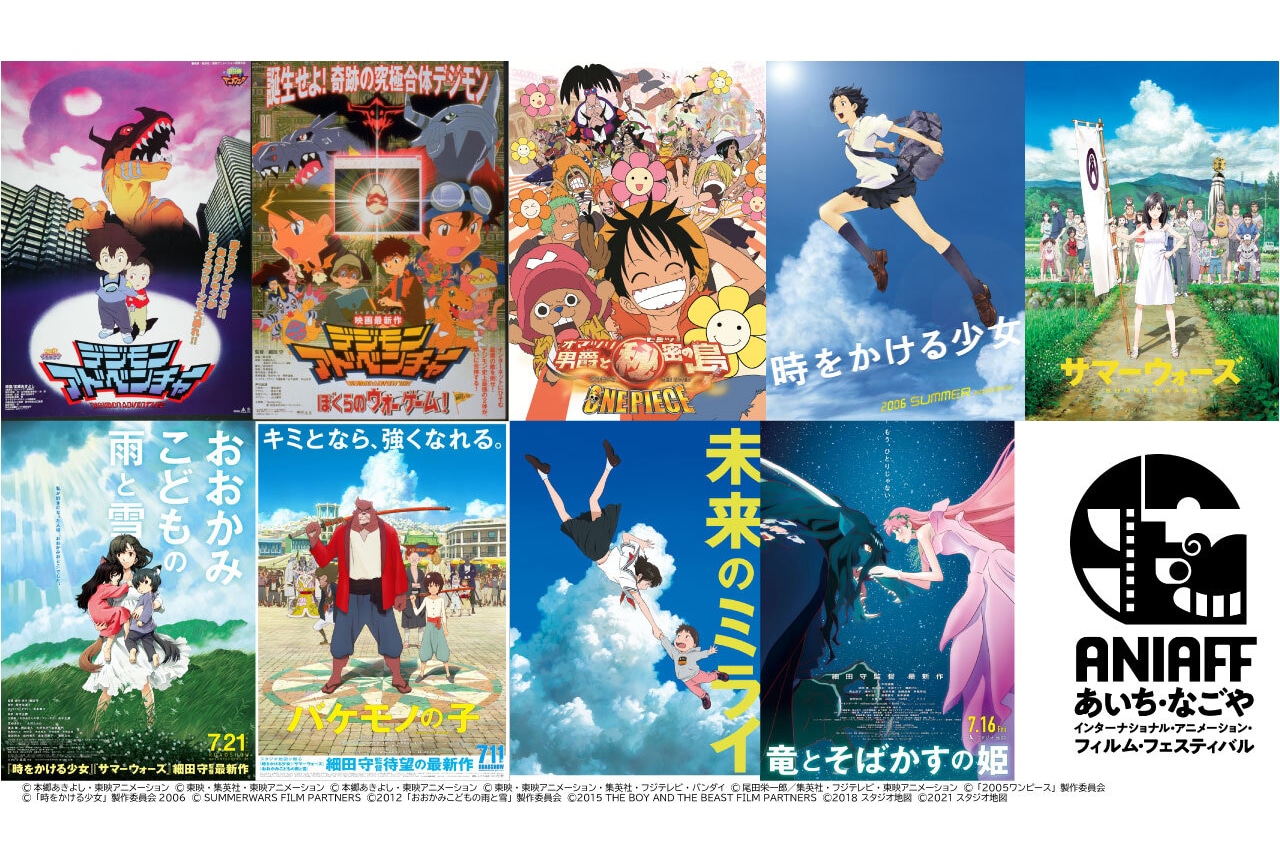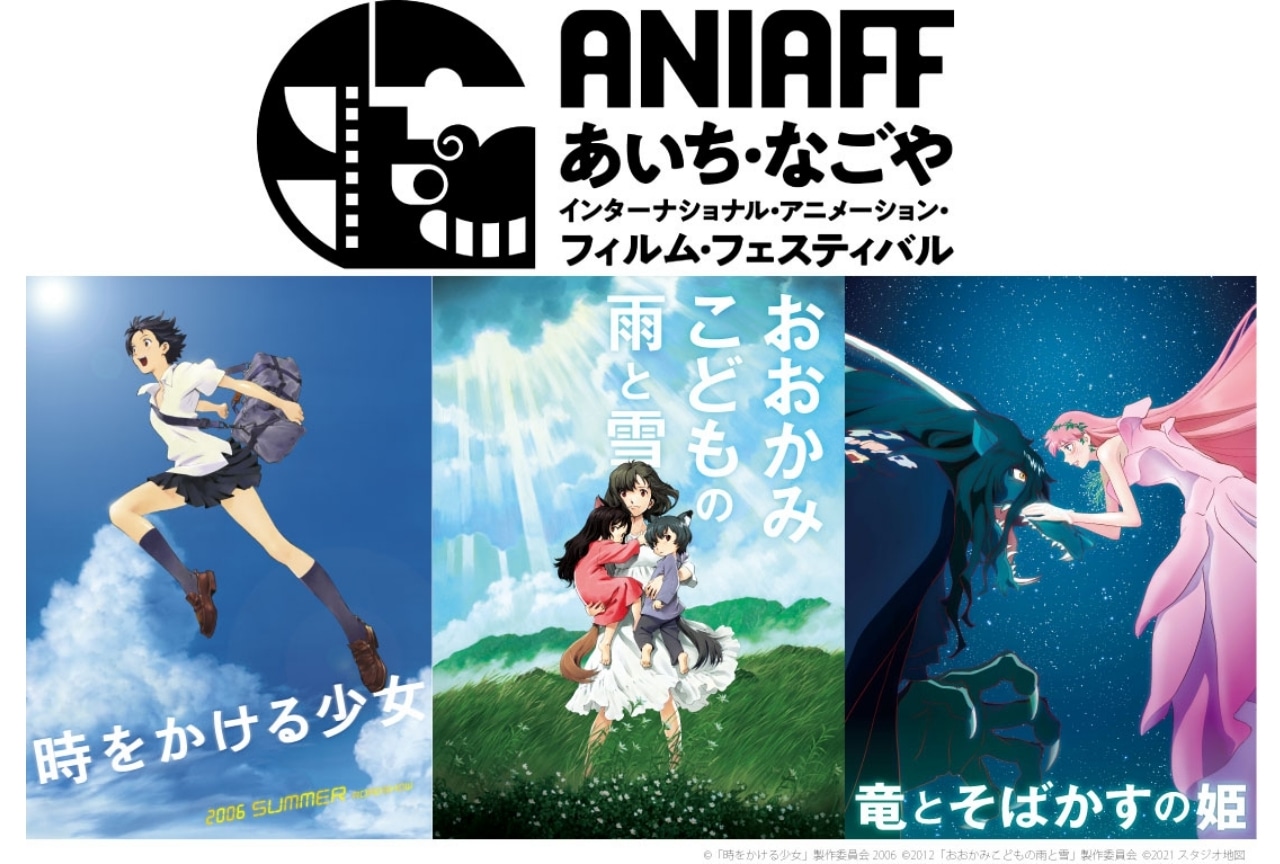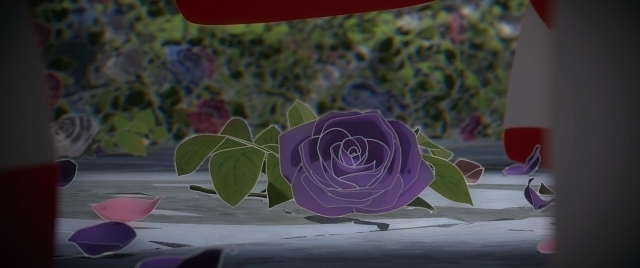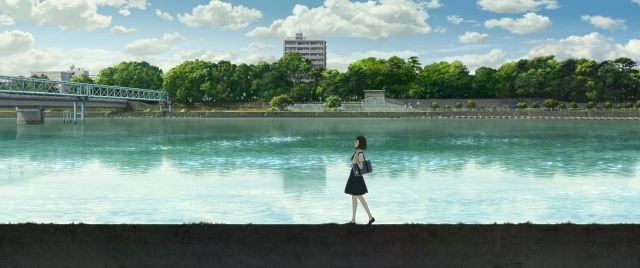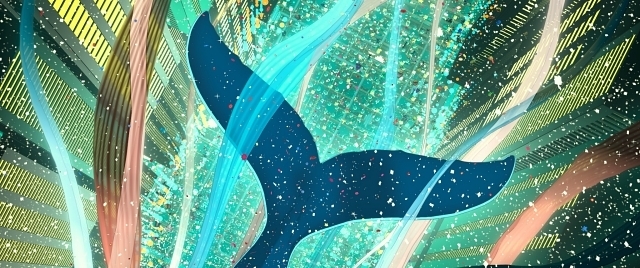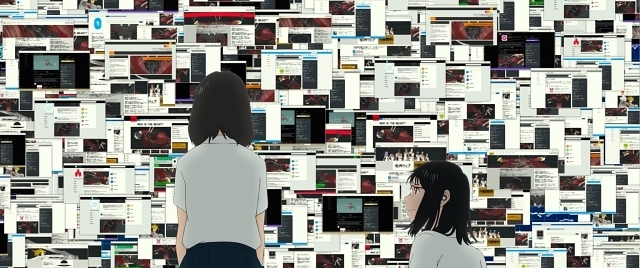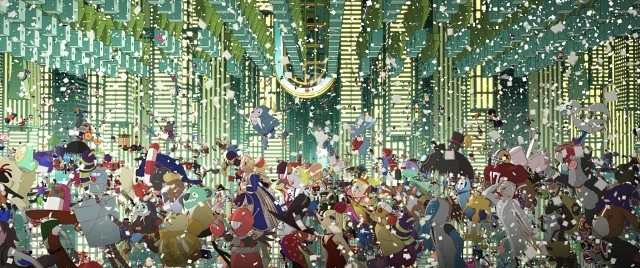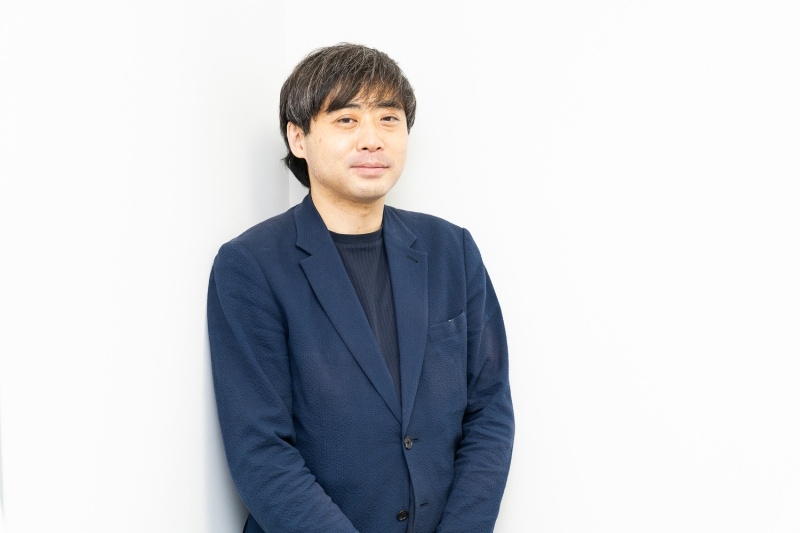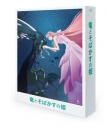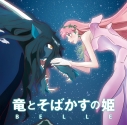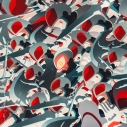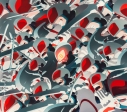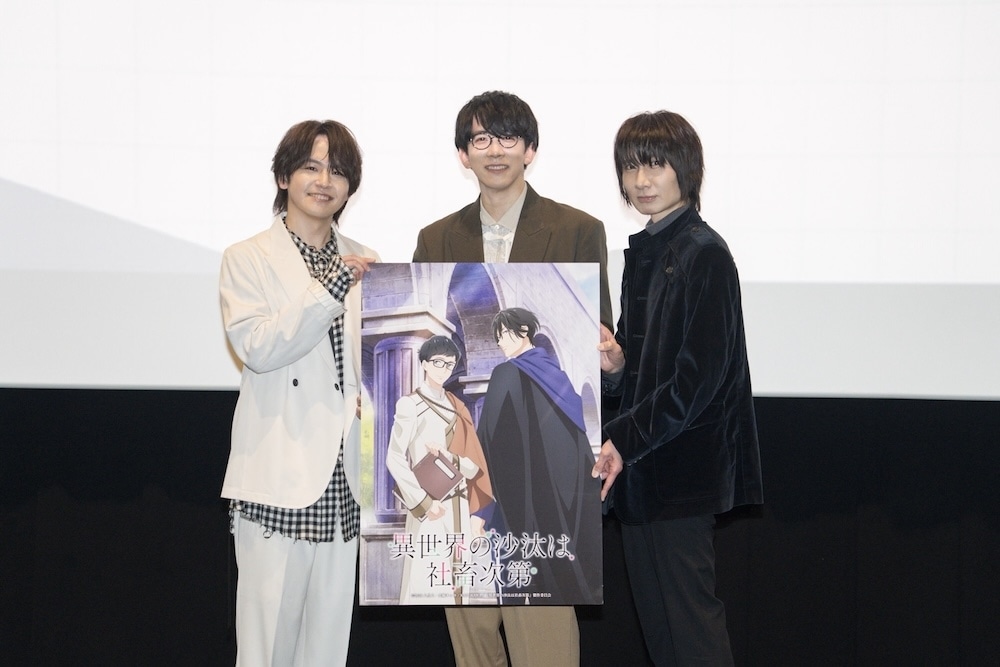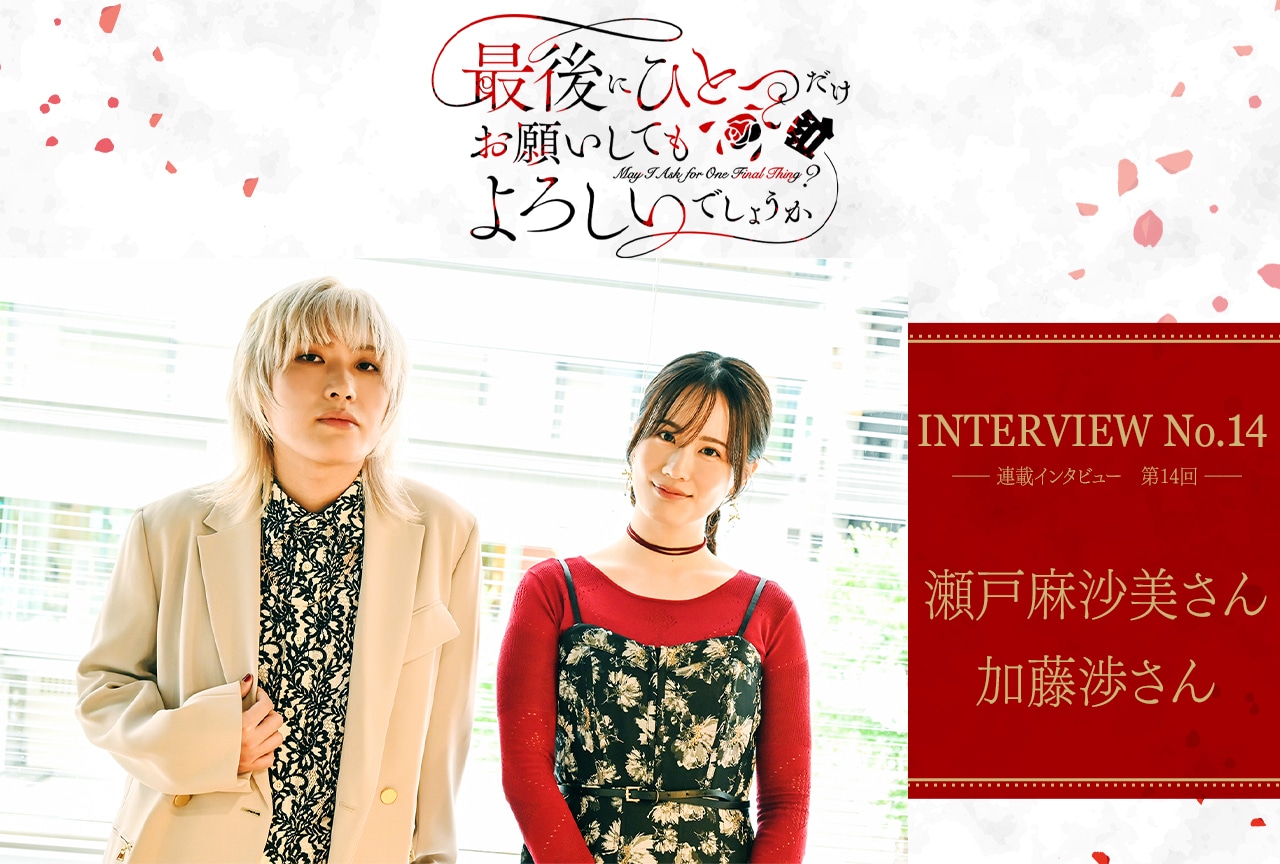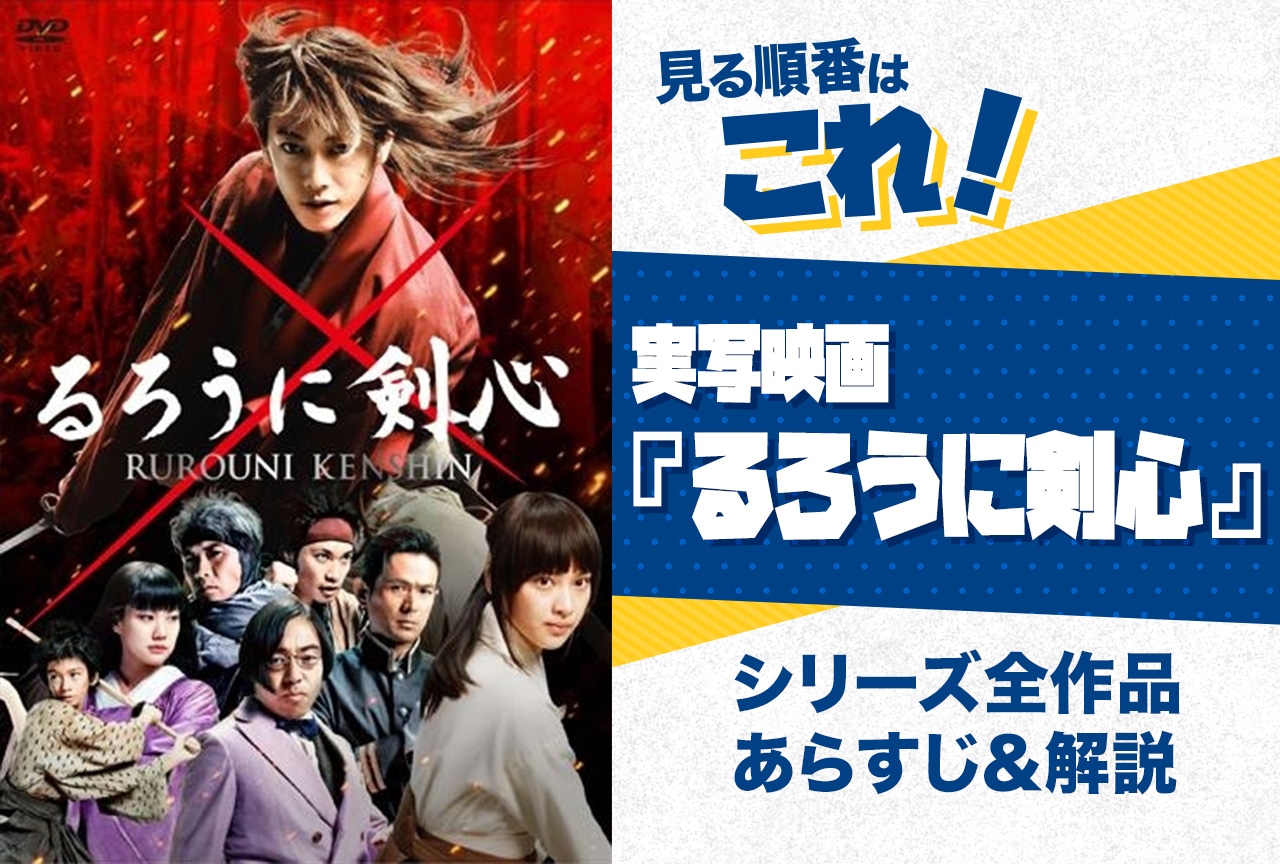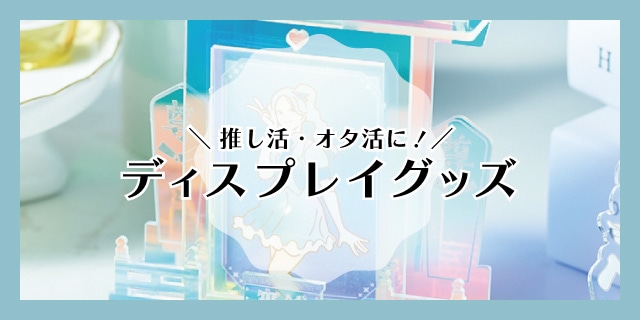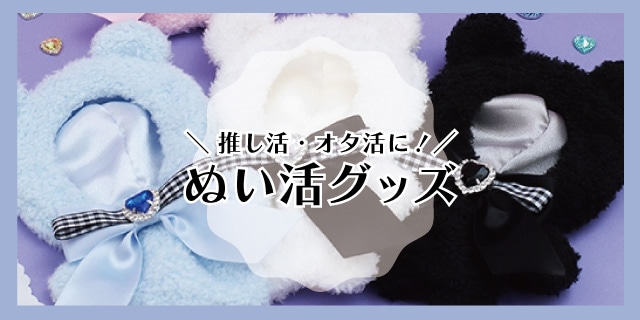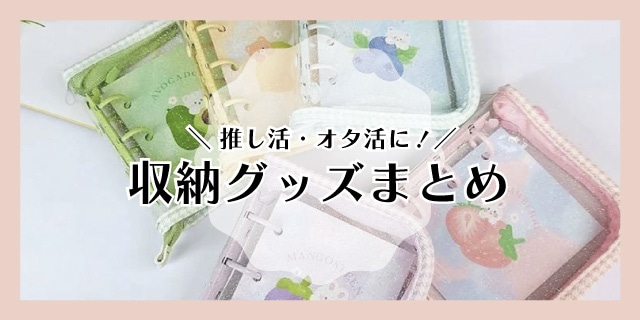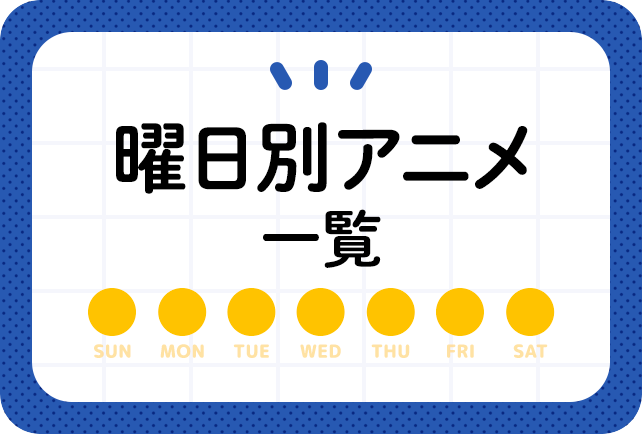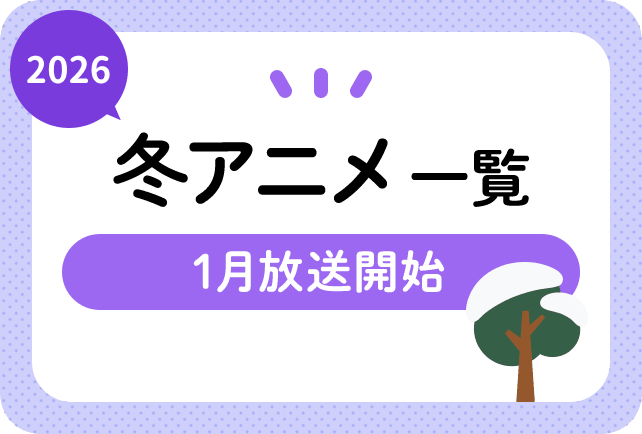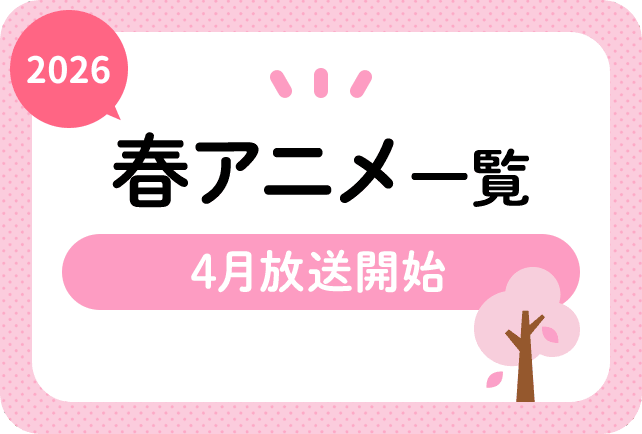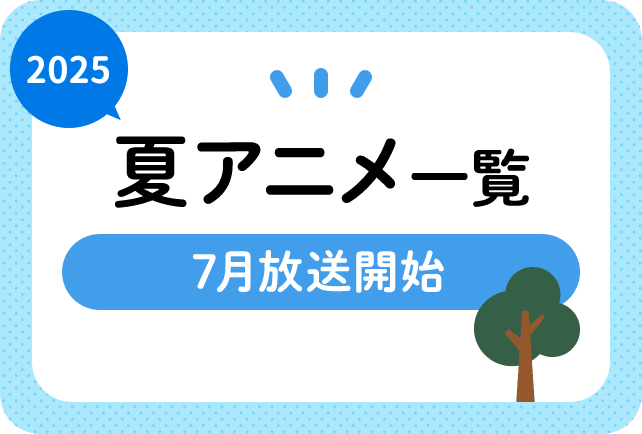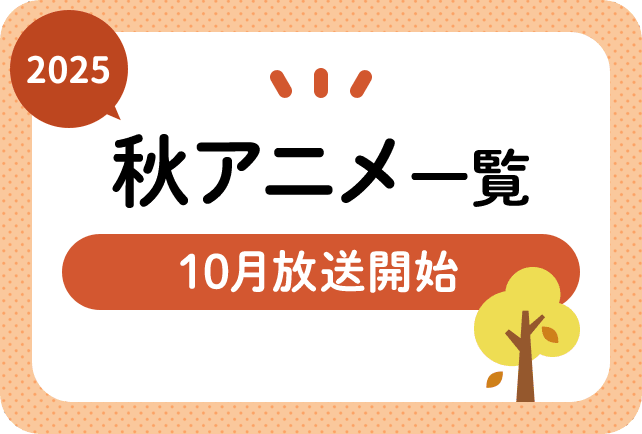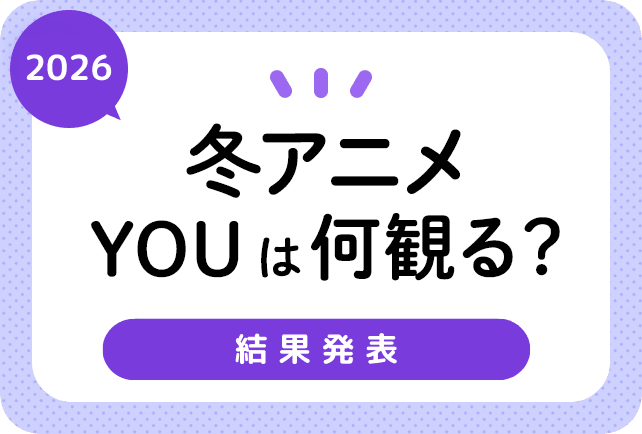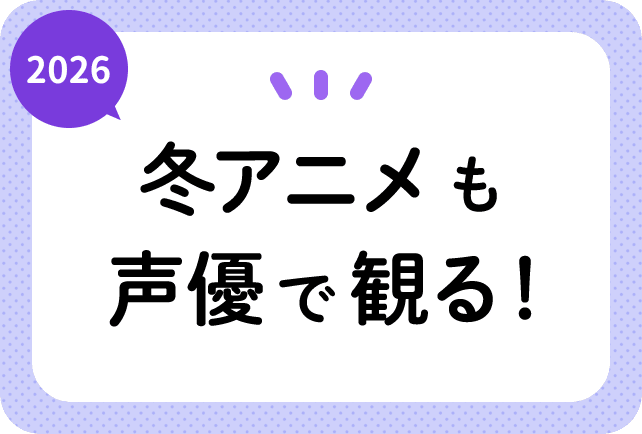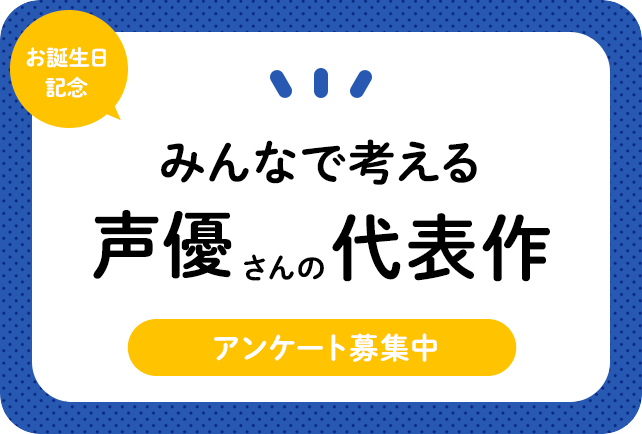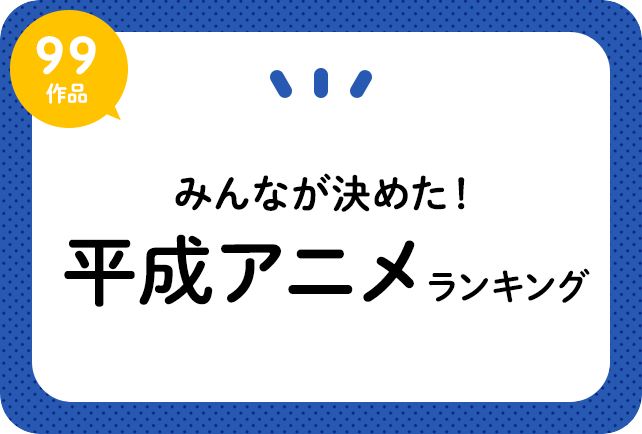
The Present and Future of Anime Studios (Part 3) │Speaking With Studio Chizu’s Yuichiro Saito About What Has and Hasn’t Changed With Animation
Welcome back to our feature The Present and Future of Anime Studios, where we talk with representatives from Japan's leading anime studios. Today's installment is a continuation of the previous special edition article where we interviewed director Mamoru Hosoda. As part of Studio Chizu's tenth anniversary project, today we're speaking with producer Yuichiro Saito about BELLE, which opened in Japanese theaters on July 16th, 2021.
This interview contains a wide variety of topics, from Saito’s meeting with Hosoda to Studio Chizu’s policies and his views on the future of animation.
The story that started from the musical choices in The Girl Who Leapt Through Time is linked to the evolution found in BELLE.
What kind of movies does this producer aim to make? Keep reading to find out.
A Trial Run before a Project is Best
ーーThis interview is for Studio Chizu’s tenth anniversary project, so I want to ask about the studio's founding. When you think of Studio Chizu, Mamoru Hosoda is the first thing that comes to mind. How did you meet him?
Yuichiro Saito (Saito): I think the first time I met him was in February 2004. It may be the tenth anniversary of Studio Chizu, but Hosoda and I have an 18-year history. We’ve made six films in 18 years.
ーーThat’s amazing.
Saito: Isn't it? There was a lot of trouble, though (laughs).
Production on One Piece: Baron Omatsuri and the Secret Island from the One Piece franchise started in 2004, and from there we went on to planning The Girl Who Leapt Through Time. At that time, Hosoda-san was affiliated with Toei Doga (currently known as Toei Animation). Once the One Piece movie was completed, he quit the company.
Actually, the first thing Hosoda-san and I worked on was actually the opening of Shinichiro Watanabe’s Samurai Champloo (2004).
ーー Is that so? Could you let me know about Hosoda’s history before then?
Saito: Hosoda started as an animator, and he then directed Digimon Adventure (1999) and Digimon Adventure: Our War Game (2000). These garnered him some attention, so he was invited to direct Howl’s Moving Castle at Studio Ghibli. Unfortunately, he wasn’t able to make the “Mamoru Hosoda version” of Howl’s Moving Castle.
Even so, Hosoda wanted to direct a movie, so he brought many ideas to Toei Doga, none of which came to fruition. While he was wondering what to do next, he was the episode director for episode 40 of the TV anime Ojamajo Doremi Dokkaan!, entitled “Doremi and the Witch Quit” (aired in 2002).
After seeing that, Masao Maruyama, one of the anime masters who founded [the animation studio] MADHOUSE and someone I consider my father figure in Tokyo, emailed Hosoda and wrote, "You should be making movies." That encouraged Hosoda, and he started talking about how he wanted to make a movie version of [the novel] The Girl Who Leapt Through Time.
ーー You met after going through all of that.
Saito: That’s right. Hosoda relied on Maruyama and came to MADHOUSE, where I was chosen by Maruyama.
As for why I was chosen, well, there are two different stories (laughs).
The first story is that I directly said to Maruyama “I want to work on this movie!” At the time, I had had an illustrious career working with big-name directors such as Gisaburo Sugii, Rin Taro, Yoshiaki Kawajiri, Toshio Hirata, and so on.
Hosoda is nine years older than me, but he was the youngest director I had ever met.
I’ve always liked Hayao Miyazaki and Isao Takahata’s works, and I admired their producer Toshio Suzuki – it’s the reason I joined this industry. I wanted to create works that contained the miracles found in everyday happiness and surprise. When I watched Digimon Adventure: Our War Game, I felt as if Mamoru Hosoda was a director that could create this kind of miracle, so I was deeply interested in his work.
So I said that I wanted to produce The Girl Who Leapt Through Time, which led to Maruyama-san considering it.
The other story is personal (laughs), but I was chosen thanks to Nobuichi Inoue, a senior advisor at KADOKAWA.
I was working at the production desk of X, a TV anime based on CLAMP’s original work, when Inoue-san, the head of the anime/comic department at Kadokawa Shoten (currently known as KADOKAWA), came by.
The Girl Who Leapt Through Time novel was published by Kadokawa Shoten, so Maruyama went to discuss the project with Inoue. He said, “I want Hosoda to work on The Girl Who Leapt Through Time," and Inoue replied, “OK, sounds good. Let’s do it.”
At that time though, Inoue specifically said, "However, there's one condition for the deal. I want Saito to be the producer.” So actually, I was chosen by Inoue.
Those are the two different stories. Even now, I wonder which one is the true story, but whichever one it was, I'm thankful that I got the opportunity.
ーー Either one is a pretty amazing turn of events (laughs). Perhaps both of these occurred for you to get the job.
Saito: Inoue-san saw all the work I was doing for X and noted that I wasn't only working on quality control but was also managing the budget.
Either way, Maruyama’s philosophy is “Doing a trial run before a project is best," so I was able to meet Hosoda because I was lucky enough to do the Samurai Champloo opening.
That experience let Maruyama see how well we could work together.




